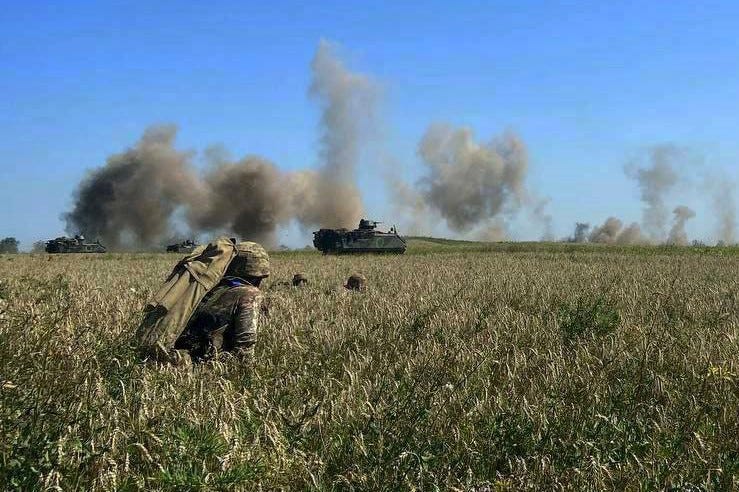Ukraine's War of Independence, Vol. I
Annotated link post Feb-Sep 2022
This is a compendium of my open source analysis of the ongoing war in Ukraine from the first day of the renewed invasion to the point of Russian general mobilization.
24 February: For all his power as an autocrat, Putin senses his opportunity to reclaim Ukraine in the name of Russian nationalism slipping away. Perhaps he really has a wasting disease, as …
Keep reading with a 7-day free trial
Subscribe to Polemology Positions to keep reading this post and get 7 days of free access to the full post archives.


